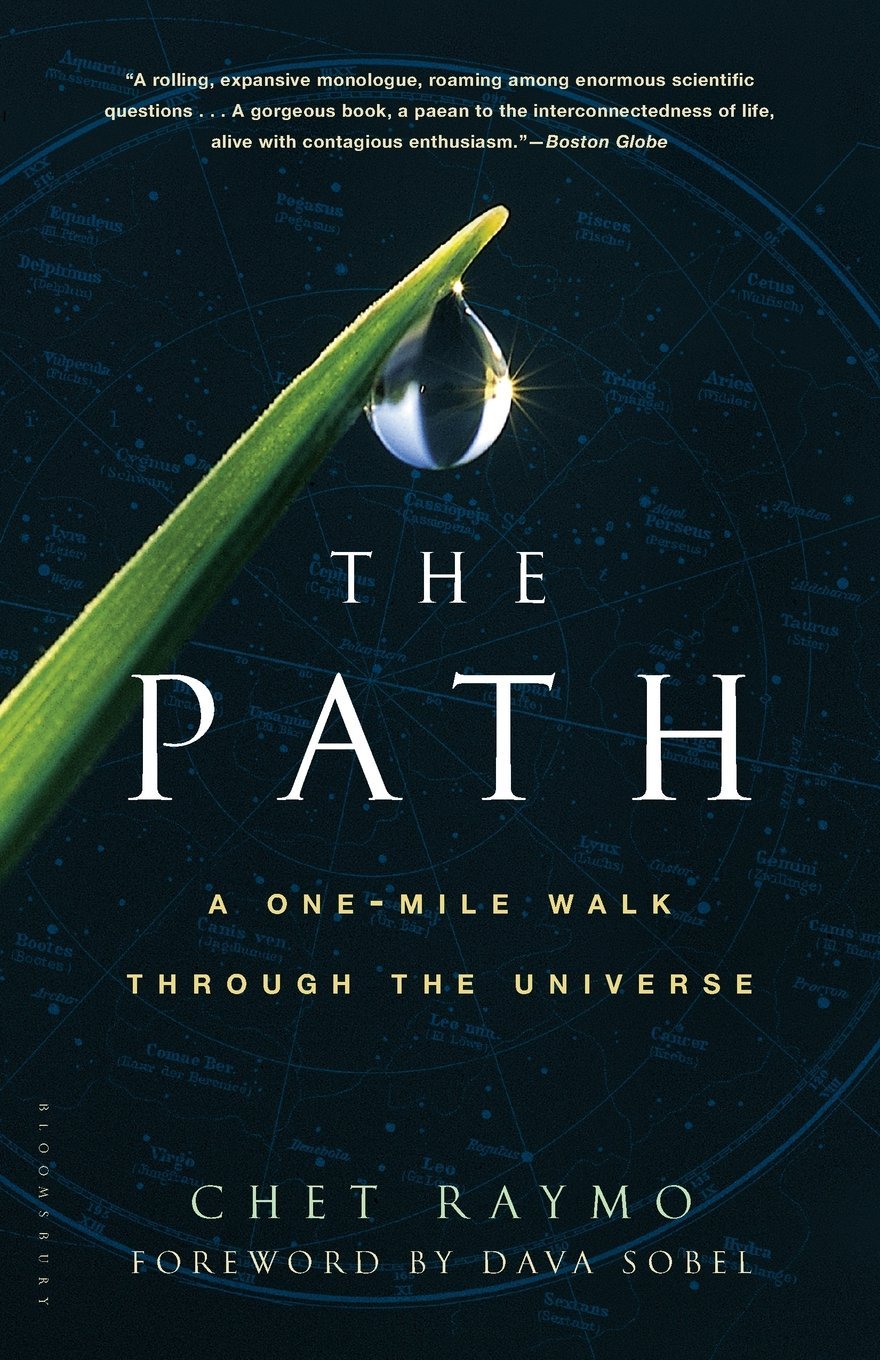What do you think?
Rate this book


Paperback
First published January 1, 2003
My 165-pound body consists of about 110 pounds of oxygen, 30 pounds of carbon, 16 pounds of hydrogen, 6 pounds of nitrogen, and 3 pounds of everything else….Consider those 6 pounds of nitrogen in my body. Our cells build proteins by stringing together chemical units called amino acids, and every amino acid contains a nitrogen atom. Without nitrogen, no proteins. Without proteins, no me….The atmosphere is 80 percent nitrogen. We suck in lungfuls of nitrogen with every breath. But the nitrogen in the atmosphere (and in our lungs) is useless. The two nitrogen atoms in a nitrogen molecule are so tightly bound together that they are essentially inert; they hardly react with anything else….Since we cannot use nitrogen from the air, our bodies extract nitrogen atoms from less tightly bound molecules in the food we eat, and from these we make amino acids and ultimately proteins. Even then, there are ten amino acids that we can’t manufacture ourselves – the so-called essential amino acids – and for these we must rely upon plants –without those ten essential amino acids that animals cannot make – you and I would not exist. And where to the plants get their nitrogen to make amino acids? Bacteria that live with certain plants have the ability to do what we can’t do and what the plants themselves can’t do: take nitrogen from the atmosphere, break those devilish bonds, and incorporate the nitrogen into molecules that plants and animals can use. (p. 161-162)
